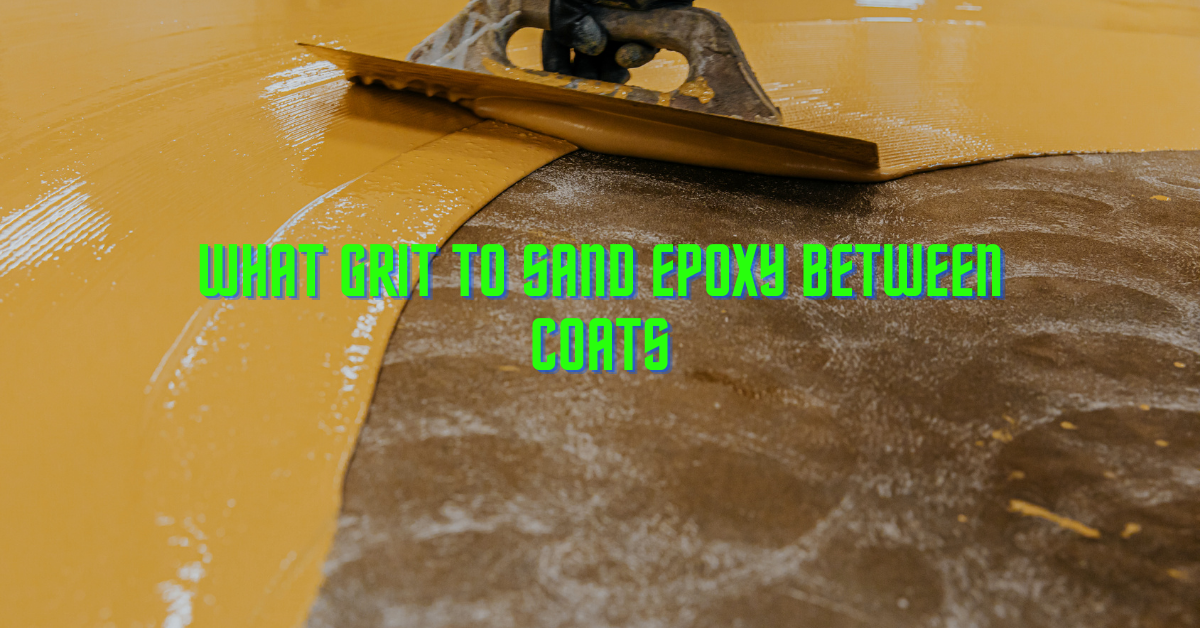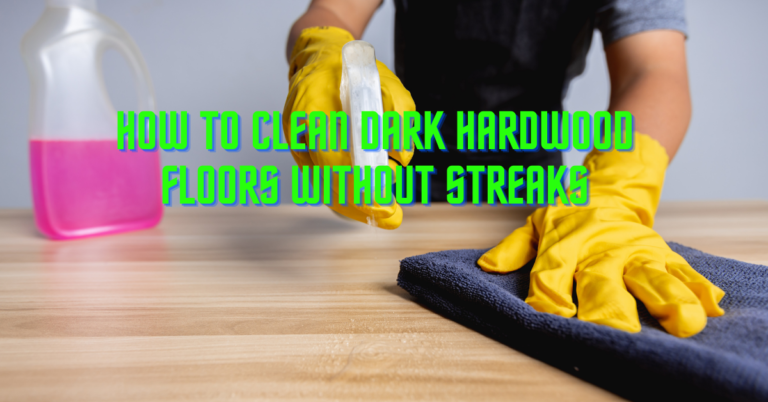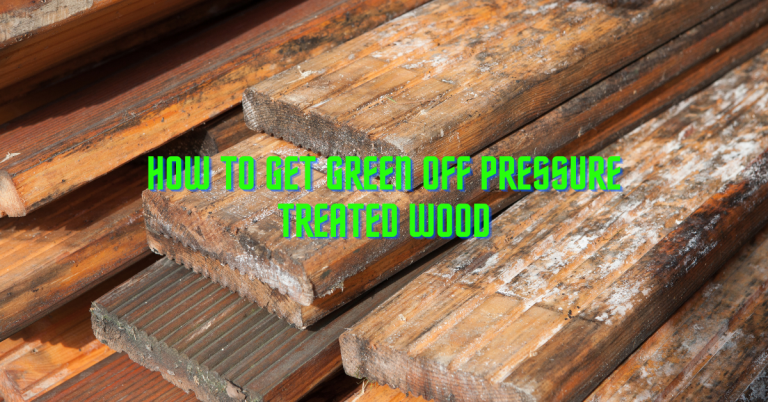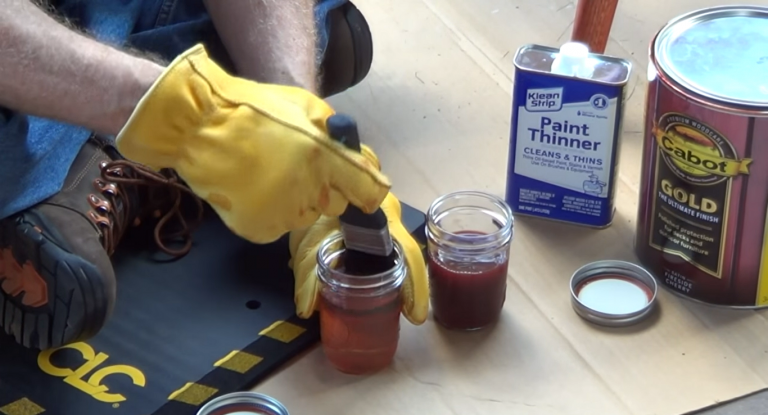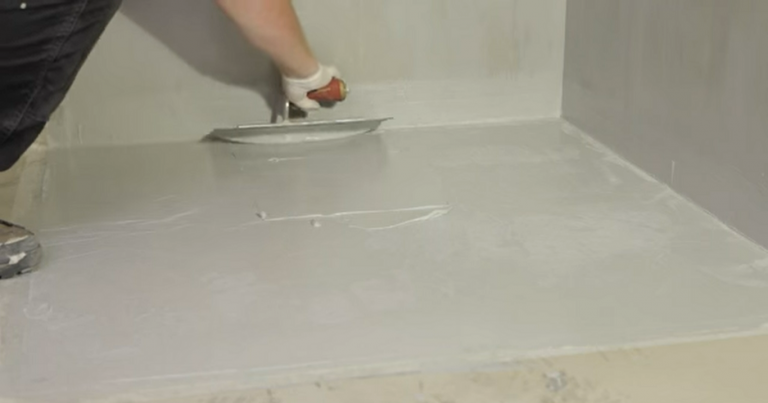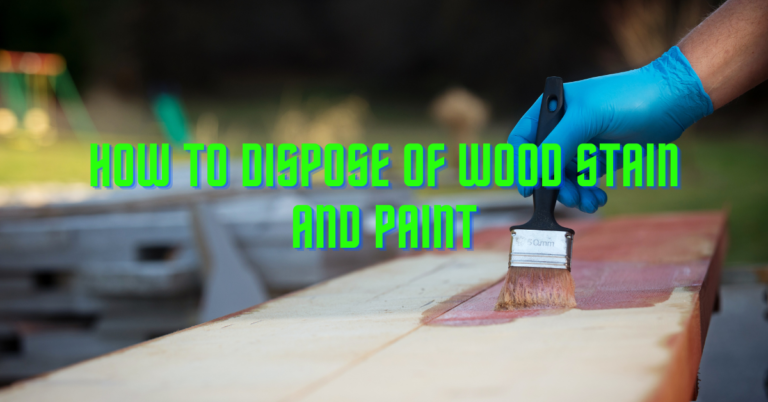What Grit To Sand Epoxy Between Coats (Useful Tips)
Sanding is a very important procedure when it comes to applying epoxy resin. It’s even more important when you are dealing between coats.
What is the most suitable grit for sanding between coats especially if you have plans of coating more than 2 layers? what grit to sand Epoxy between coats? Adding another coat of epoxy for most epoxy products can be done without sanding, this is if the previous coat had been done within 72 hours to that time, if it is beyond 72 hours, you may need to sand the previous coat to ensure that the new coat adheres well on the previous coat
Epoxy resin can be tricky when it comes to sanding. You need to be very careful when you want to sand and the main difficulty is in the hardness of the surface. The hardness of the resin surface can quickly dull and clog abrasive sandpaper so during the process you may need to frequently change the sandpaper so as to make the sanding process effective.
For cold cure epoxy products, recoating can be done without sanding within 24 hours of applying the previous coat, after 24 hours sanding is necessary.
Sanding will create a smooth surface that makes the project appear perfect. Choosing the right sandpaper will influence the end result of your project, now this is where the issue lies. Choosing between many available sandpapers can be challenging but the first thing to know Is the reason why you need to sand your wood projects
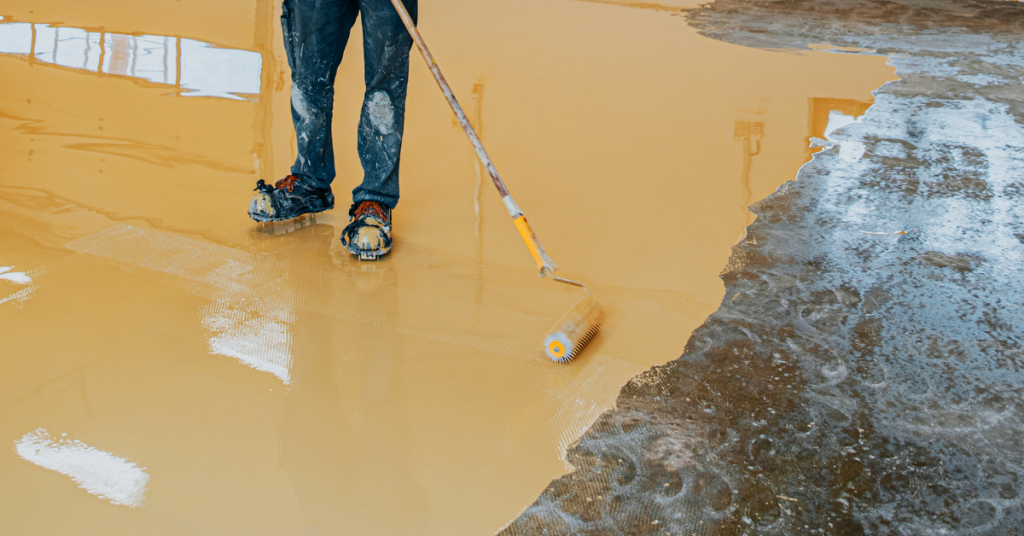
All at a Glance
Why Sanding is Important – sanding epoxy resin between coats
For some people, sanding is one of the most annoying parts of woodworking, it creates a lot of dust and takes time. In some situations, you may not need to sand your wood but sanding can also be very necessary especially when you aim at achieving a very attractive and smooth finish.
- You may not need to sand your wood if it is raw and untreated.
- Where your wood surface has a lot of cracks and dents, you may need to sand the wood surface.
- If you don’t sand a wood surface before painting it can cause the paint to peel off after a while. The paint may not adhere well to the wood surface especially if it has been painted before.
- You sand to remove splinters. Most woods may have projections that could become splinters and can contain uneven surfaces and imperfections. To correct this is why Sanding is Important.
- A smooth surface improves the appearance of your project so you want to sand so as to get a smooth surface. Properly sanded projects are more attractive to people.
- Sanding helps remove old finishes, you may want to remove old paintings so as to be able to repaint the surface, sanding will help get rid of the old paintings.
- You need to sand between coats of paint to achieve a perfect silky layer of paint. Sanding between each coat of paint may take time and more effort but it’s definitely worth it.
Sanding paint is a way to get rid of imperfections that you have made while painting
Now that we have learned why sanding is important, we should now look into how to get the right sandpaper for sanding.
How to get the right grit sandpaper for sanding between coats
There are 6 main grit types categorized coarse, medium, fine, and extra fine. The grit is rated by the size of the abrasive material on the sandpaper. The higher the grit number the smoother the finish.
i. 40 grit (Coarse): This is used for rough shaping of wood or used to remove old finish like old paints. This will remove materials quickly.
It is best for removing large amounts of wood and rounding off corners. Coarse grit sandpaper is not recommended for fine details or for edges you may want to keep sharp.
ii. 80 grit: (Medium): This grit size is used for final shaping of wood or to remove marks left over. This will leave a coarse surface texture and may need to be touched up by fine sandpaper depending on how you want the Outlook to be but it is good for general sanding.
It is hard to go wrong with this grit sandpaper, you can apply more pressure to work down more materials or preserve materials by reducing the pressure.
iii. 100 grit: (Medium)
iv. 120 grit (Fine): this is used for final sanding before the woodwork is finished. It cannot remove paint or vanish.
v. 220 grit (fine)
vi. 440 grit (Extra fine): Is used between coats of paints or varnish to achieve very smooth finish.
Your project will determine what grit size you opt for.
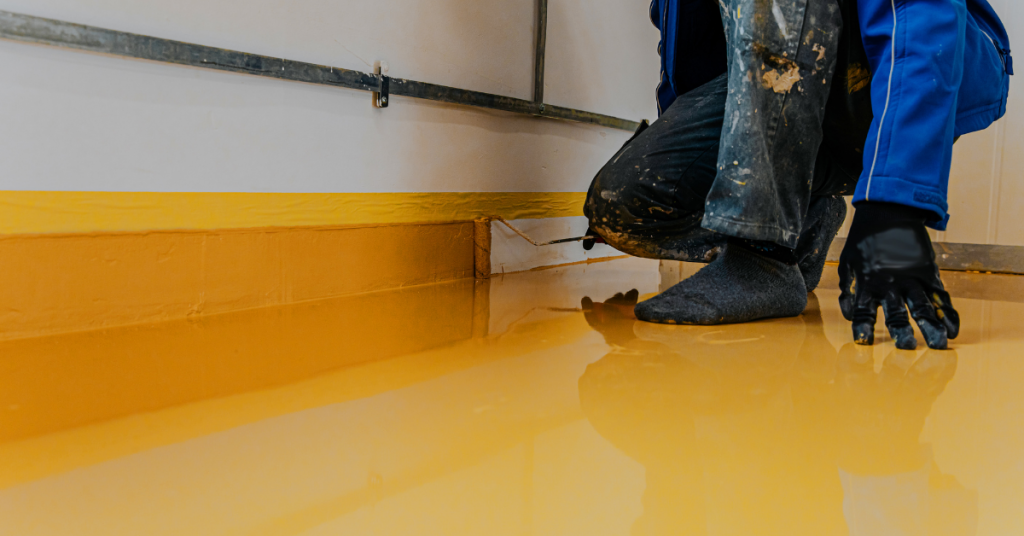
Sanding Epoxy between coats
* For sanding Epoxy between coats, it’s often advised that u sand wet with waterproof sandpaper. It is the best way of sanding Epoxy and helps reduce the clogging of sandpaper due to dust particles.
Wet sanding is also a good way to reduce the dust from sanding Epoxy. The water prevents the dust from being airborne and as you are sanding you see the result of the process more clearly.
There are instances where you may have to dry sand-like an instance where you have bare wood that cannot get wet, you may have to dry sand. Wet sanding may cause wood to swell so you may have to dry sand when it comes to these cases.
Waterproof sandpaper lasts longer when wet sanding and removes uneven surfaces. It is usually a closed coat. You may only need 60_80 grit sandpaper for initial abrasion and then 180_220 or 320 grit for final sanding.
Wet sanding is done by hand, you should not use an electrically operated grinding machine if you are wet sanding to avoid electrocution. An air sander can be used as an alternative.
* When it comes to sanding Epoxy, you have to make sure to be safe. The dust from sanding Epoxy if inhaled can cause serious health issues so it’s highly recommended that you wear nose masks when sanding Epoxy and wet sand so as to reduce the dust.
* When sanding between coats of epoxy, make sure to use fine-grit sandpaper and be careful not to scratch the surface.
* You must ensure that the previous coat is properly dried and no longer tacky before sanding. Check the surface for Amine blush because it can prevent the bonding of a new coat to a previous coat. After washing the surface with water and an abrasive pad, you dry with paper towels then sand the glossy area with 80 grit sandpaper to clean away the dust.
* Grits of about 120 is suitable for sanding epoxy, you can start from there and then move to a higher one with time. Ensure that the sandpaper is water-resistant. Waterproof sandpaper may want to be stiff and tough to manipulate, use waterproof sanding pads to get to the tough areas.
* Once u have finished sanding, in preparing the surface for subsequent coats, you can use a paper towel to dry the surface. Do not use rags as they may contaminate the surface.
Also Read: Top 5 Best Epoxy for wood slabs
Different Epoxy products and what grit to sand between coats
* For 2:1 epoxies you sand with 150 grit sandpaper
* For S_1sealers you make use of 180_220 grit sandpaper
* For cold cure products you make use of 150 grit sandpaper
* For quick fare, allow it to harden for a while then sand with 120_150 grit sandpaper and then apply more quick fare.
Final Thoughts on What Grit To Sand Epoxy Between Coats
When working with Epoxy resin, one of the most important procedures is sanding between coats, this helps ensure that the surface is smooth and well prepared to allow the new coat adheres to it properly. Skipping this procedure may cause you to have a coating that is not smooth or not as smooth as it should be.
Sanding will not only get rid of the imperfections but will also provide some tooth between the layers. Sanding between coats will make each layer of epoxy bond properly with the previous layer which will make epoxy last longer.
Wet sanding Epoxy has proven to be much more effective than dry sanding for reasons that include; reduces dust, prevents clogging of the abrasive pad, and it also allows for a clear view of the end result even while still working on it. Small irregularities are removed during the wet sanding process too.
Since you will be wet sanding epoxy, waterproof sandpaper will be used. It is advisable to start with a grain of about 120 grit or more for sanding epoxy.
If epoxy is still tacky when you press a fingernail or something into it, you may not need to sand and just go ahead with applying the new coat on it. You must ensure that the previous coat is completely dried and cured before going ahead to sand surface.
If your aim is to achieve a nice, smooth shine on the epoxy surface, you may sand your project with a grain size of up to about 3000 grit.
Important Reads:

